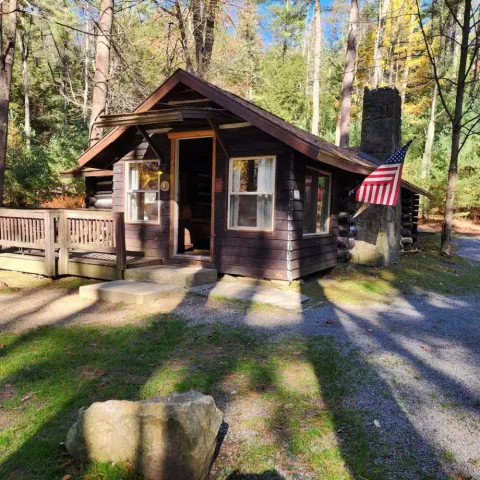Cooksburg
In 1826, the Commonwealth of Pennsylvania surveyed the Clairion River to determine whether it could be used as a link in a canal from Philadelphia to the western borders of Pennsylvania. As a surveyor, John Cook had the opportunity to explore this area of Pennsylvania. Following the survey, he purchased 765 acres near where Tom's Creek enters the Clarion River and built his home.
Near his home, he built a sawmill and, in the late 1830s, began floating lumber down the Clarion with flatboats. His successful business was passed on to his sons upon his death in 1858. Andrew Cook, who later became a judge, developed his father's business into three saw mills, one flouring mill, one planing mill, a store, and a boarding house for his employees. Around this successful lumbering business, the town of Cooksburg developed.
After the death (1891) of Honorable Andrew Cook, his heirs formed the A. Cook Sons Company. Their heirs were Anthony Wayne Cook, president; Harriet Cook Ross, vice president; Ida Cook Calvin, John Wesley Cook, Jacob Hill Cook, and Thomas B. Cook. For many years, the A. Cook Sons Company continued transporting lumber down the Clarion River to the Allegheny River. Later, lumber was transported by rail by the Baltimore and Ohio Railroad. The sawmill continued operation until 1910, when the heirs began to seek some way of saving the remaining timber.
